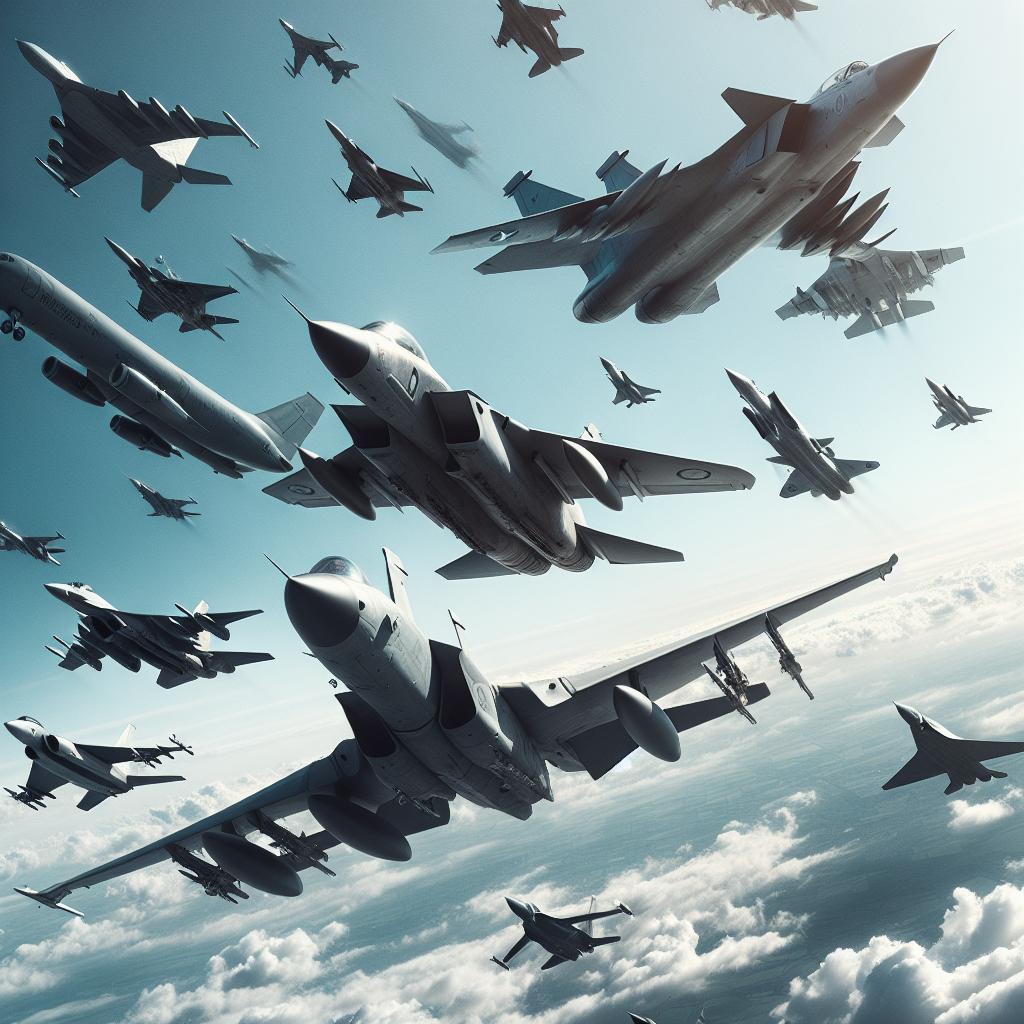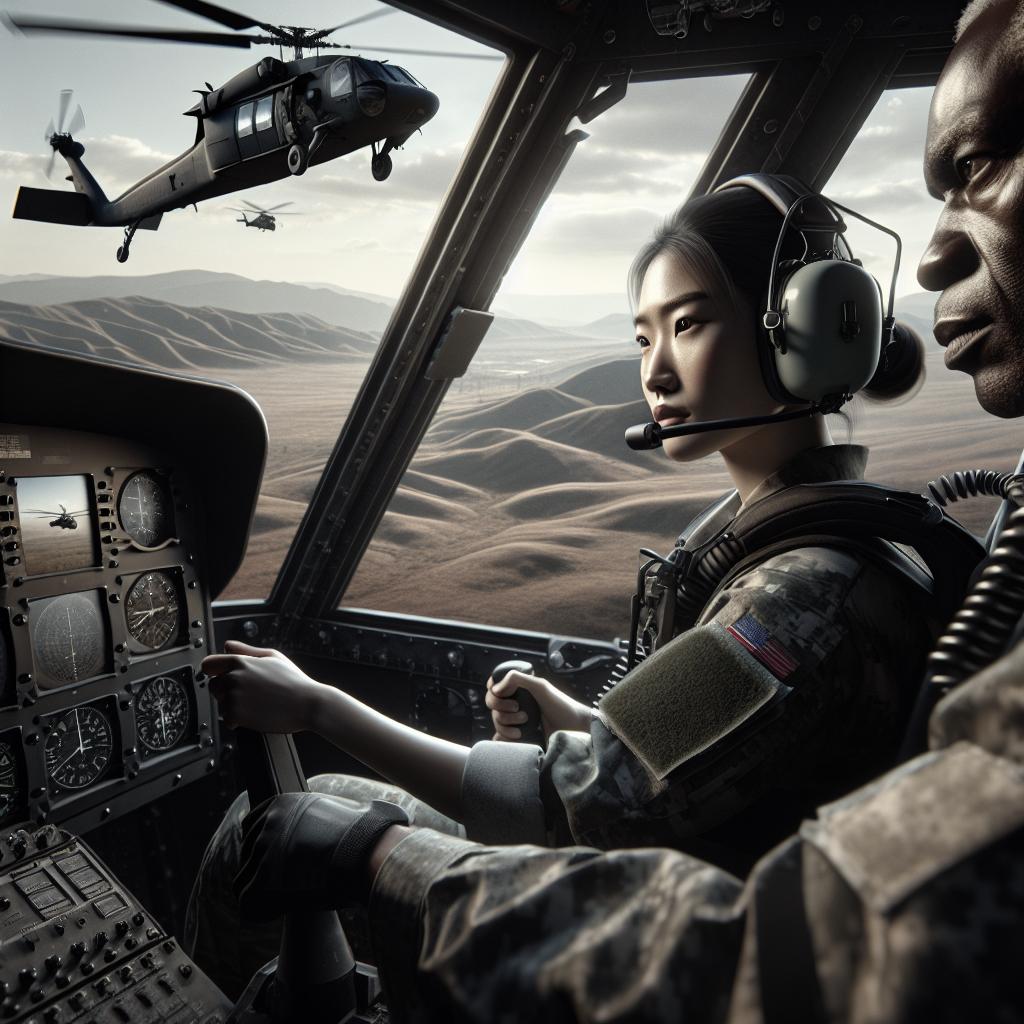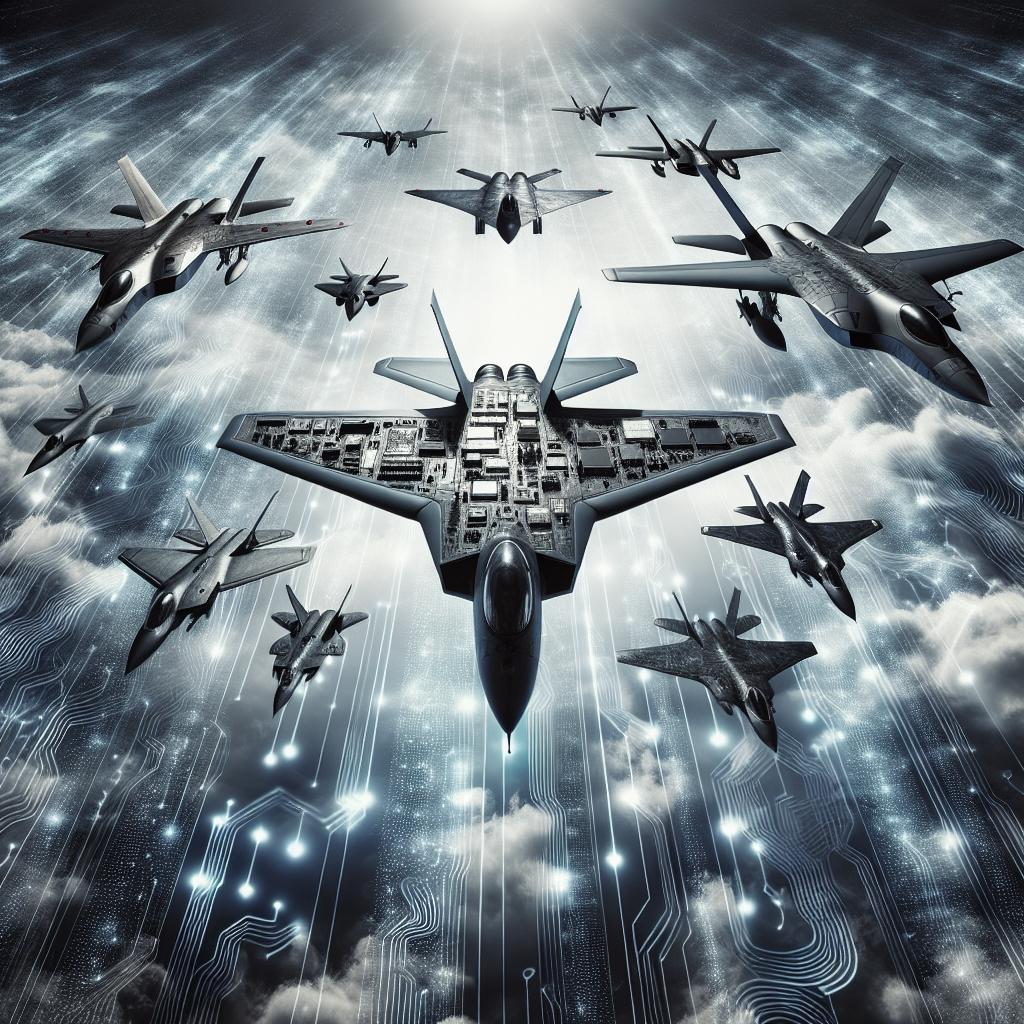Introduction:
NATO, the North Atlantic Treaty Organization, stands as one of the most formidable military alliances in modern history. This alliance owes much of its strength to the advanced and diverse aircraft in its arsenal. From cutting-edge fighter jets that dominate the skies to versatile transports and reconnaissance planes that provide critical support and intelligence, NATO’s air force is a cornerstone of its military capabilities. This blog post delves into some of the most significant military aircraft used by NATO, highlighting their modern roles, the evolution of their technology, and the political and strategic context in which they operate. We will explore three key themes: the contemporary state of NATO’s air fleet, the uniqueness of different jets from various eras, and the nuances of Western support, with a particular focus on NATO’s relationship with Ukraine in the current geopolitical landscape.
A worthy contemporary
The Lockheed Martin F-35 Lightning II stands out as a worthy contemporary in NATO’s military aircraft lineup. As the crown jewel of modern fighter jets, the F-35 boasts stealth technology, advanced avionics, and multirole capabilities that allow it to perform air superiority, ground attack, and reconnaissance missions. Its integration within NATO allows member countries to share a common platform with interchangeable parts and standardized training, enhancing overall alliance interoperability and response efficiency. This jet exemplifies the forward-thinking approach of NATO in maintaining airpower superiority.
Moreover, the F-35 has revolutionized traditional combat strategies with its network-centric warfare capabilities. By acting as a flying sensor node in a larger information network, it can relay critical battlefield data to ground troops, ships, and other aircraft in real-time. This level of connectivity not only provides a tactical edge but also demonstrates NATO’s commitment to integrating cutting-edge technology into its defense systems. The F-35’s arrival represents a leap in modern military aviation, showcasing the alliance’s adaptability to the demands of contemporary warfare.
A jet of a different world
While contemporary jets like the F-35 dominate the headlines, jets from earlier eras still play a crucial role in NATO’s air capabilities. The McDonnell Douglas F-15 Eagle, for example, is a jet from a different world, yet it remains an essential part of several NATO member air forces. Introduced in the 1970s, the F-15 was designed for air superiority and has consistently proven its worth in numerous conflicts over the decades. Its outstanding combat record and reliability make it a venerable aircraft that continues to hold its own amidst newer counterparts.
The dual-engine design and superior thrust-to-weight ratio of the F-15 allow it to achieve incredible speeds and high maneuverability, making it a formidable presence in the sky. This aircraft’s longevity in service underscores the importance of maintaining a well-rounded fleet that includes both state-of-the-art fighters and reliable, battle-tested jets. The F-15 serves as a testament to the enduring legacy of earlier military aviation achievements and their ongoing relevance in NATO’s strategic operations.
Limited Western support
The political and strategic dynamics of military support within NATO can sometimes lead to limitations in Western support for certain initiatives. For instance, the use of various aircraft by NATO members often involves considerations of national budgets, political will, and the geopolitical climate. During times of economic constraint or political tension, some member states may find it challenging to fully support collective defense initiatives, resulting in a patchwork of capabilities and readiness levels across the alliance.
Additionally, collaboration within NATO is not always straightforward. Differences in national interests and foreign policies can create friction when it comes to military spending and joint operations. This reality means that, while NATO’s air force capabilities are impressive, they are not immune to the complexities and hesitations that come with international cooperation. Ensuring robust and consistent support for NATO’s air fleet requires continuous dialogue, negotiation, and mutual commitment from all member states.
NATO to appoint representative in Kyiv to deepen Ukraine ties: US official
In a significant move to deepen ties with Ukraine, NATO is set to appoint a representative in Kyiv, as confirmed by a US official. This decision underscores the alliance’s ongoing support for Ukraine amid its conflict with Russia. By establishing a stronger presence in Kyiv, NATO aims to enhance its cooperation with Ukrainian forces, providing them with increased military assistance, training, and strategic guidance.
The appointment of a NATO representative in Kyiv marks a pivotal step in solidifying the alliance’s commitment to Ukraine’s sovereignty and security. The move is also indicative of broader geopolitical strategies, as NATO seeks to counterbalance Russian influence in Eastern Europe. This development reflects the intricate balance of maintaining diplomatic relations, offering military support, and navigating the complex landscape of international security.
Final thoughts:
In conclusion, NATO’s fleet of military aircraft represents a blend of cutting-edge technology, historical legacy, and complex international cooperation. From the modern marvel of the F-35 to the enduring strength of the F-15, these aircraft exemplify the alliance’s multifaceted approach to maintaining air superiority. Moreover, the appointment of a NATO representative in Kyiv signals a renewed commitment to supporting Ukraine in its ongoing struggle. Balancing advanced military capabilities with political and strategic considerations remains a key challenge for NATO as it navigates the ever-changing global landscape.
| Topic | Key Points |
|---|---|
| A worthy contemporary | Discussion on the F-35’s advanced technology, multirole capabilities, and network-centric warfare. |
| A jet of a different world | Insights into the continued relevance of historical jets like the F-15, highlighting their reliability and legacy. |
| Limited Western support | Analysis of the political dynamics and challenges within NATO regarding military support and cooperation. |
| NATO to appoint representative in Kyiv | Details on NATO’s move to deepen ties with Ukraine by appointing a representative, emphasizing geopolitical strategies. |


